Click here to visit Original posting
I’ve come around on Nothing. Since its first device in 2022, the smartphone startup has provided an interesting but limited range of phones, mimicking the Google Pixel catalog in its small but mighty lineup. Nothing’s handsets are led by a strong commitment to aesthetics, both inside and out – and for a long time I thought it was extra and a bit cringe. That’s all changed with the brand’s latest release. I’ve come to love the Nothing Phone 3a Pro – and consider it a proper Pixel A rival.
Let me set the scene for why the 3a Pro impresses me so much. For the past four years, Google has dominated the affordable-premium segment of the phone market. The company’s Pixel A range of devices, released typically around five to six months after its Pixel flagships, have long been considered so good that they've been worth placing alongside the top end Pixel Pro device. In 2024, with the Pixel 8a, the phone entered the premium segment after a price rise in some territories, though in others it’s still considered a mid-ranger.
This price increase diminished the Pixel A series’ value, and helped the Samsung Galaxy A55 (and this year's Galaxy A56) take the crown for best mid-ranger. Today in the affordable-premium segment, where handsets like the iPhone 16e and Samsung Galaxy S24 FE reside, the Google Pixel 9a is one of the less expensive picks – though it’s now seeing serious competition from smaller phone makers, with Nothing a great example.
Compared to the Google Pixel 9a, Nothing has two aces up its sleeve. The first is its focus on customization, and even though its phones lean more on blacks, whites and dot-based designs in widgets and menus, you’re able to unleash a fair amount of creativity when it comes to the lock and home screens.
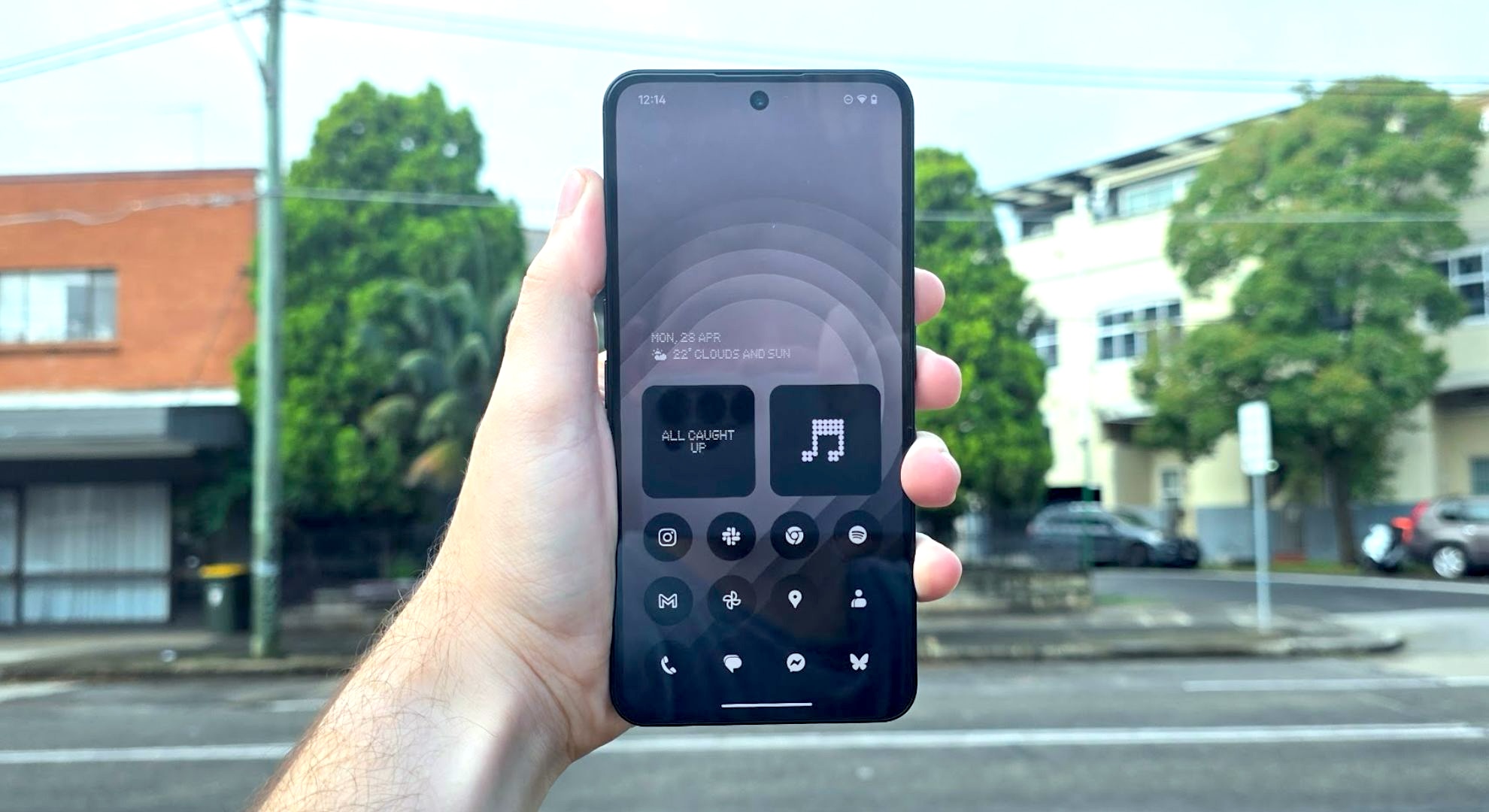
Nothing’s cooked up the first phone to successfully pull me away from the Google Pixel A – and for the exact same reasons that I loved Google’s affordable-premium phones to begin with. Both manufacturers provide a comfortable off-ramp for Apple users looking to try something familiar (but ultimately not an iPhone) without an eye-watering price tag. Nothing’s real edge is its unique aesthetic and, despite offering lower performance than other affordable-premium phones when put through raw benchmarks, adequate day-to-day power that never left me wanting.
The Nothing Phone 3a Pro feels like a pleasantly deviated interpretation of the ‘Apple but on an Android’ aspiration. The operating system is sleek, with a monotone-focused aesthetic that’s both recognizable and pleasant, while cutting down on bloatware.
On top of this, Nothing has an ace up its sleeve – the 3a Pro isn’t your only option, and if you don’t mind trimming down on some camera capabilities and processing power, the standard 3a is also a worthwhile pick. We’ve previously compared the Nothing Phone 3a Pro to the standard Phone 3a, and found them far more similar than different.
The Google Pixel 9a remains a great phone and I’ve enjoyed using it so far (and I’ll be writing an article on my experiences soon), but I’m left just so impressed with what Nothing has done here.
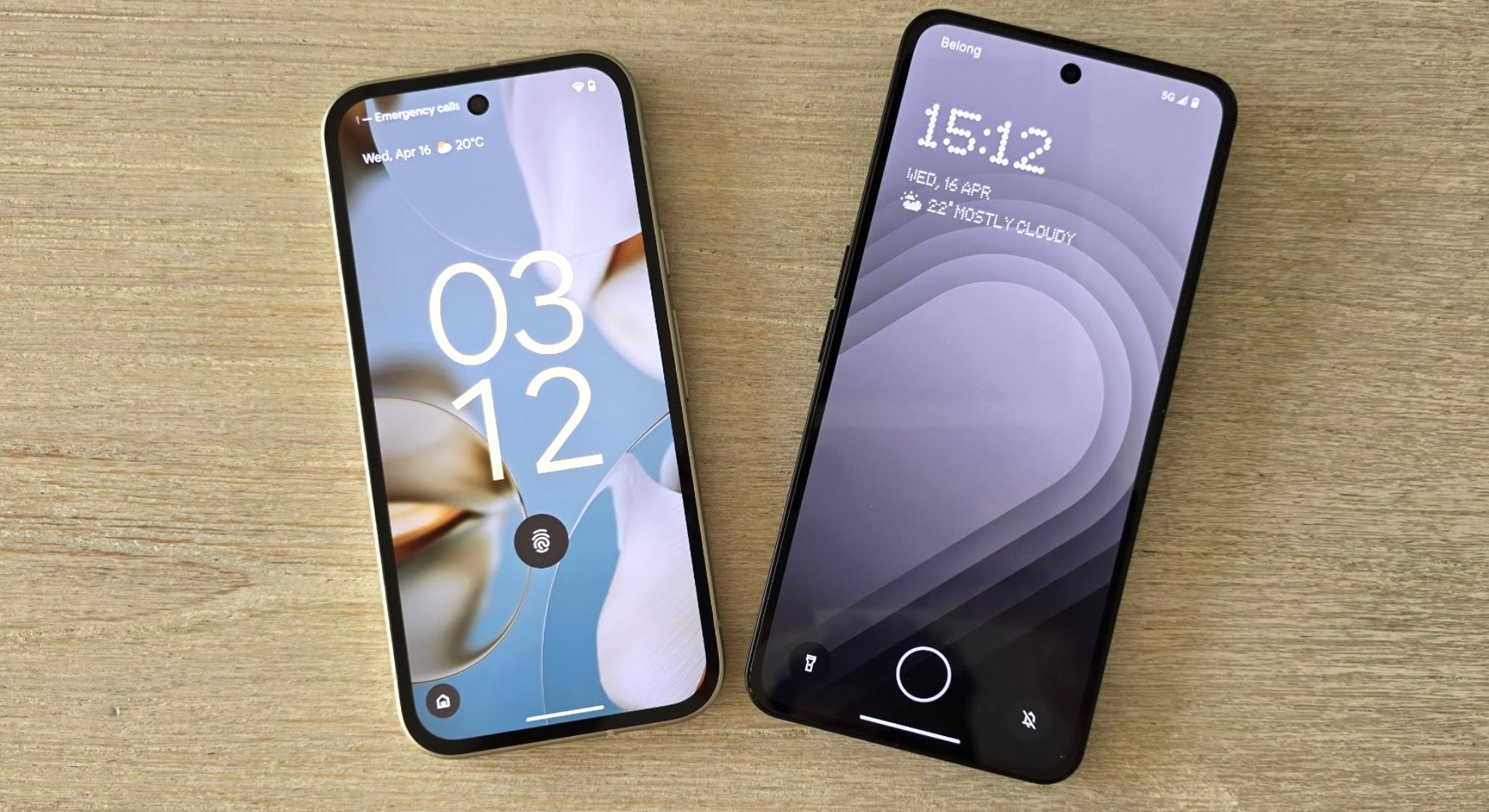
Beating Google at its own game
Customization has been a bit of a focus for phone companies as of late. Samsung and Apple both introduced sweeping aesthetic overhauls with their recent operating system versions, which I reflected on in my iPhone 16e and Samsung Galaxy S25 Ultra articles, and there’s more to it than just throwing on a fresh coat of paint – it’s about empowering the user to put their own spin on their device. Google understood this well when it introduced Material You back in 2021 as part of the Android 12 platform, and for this focus the Pixel range became the aesthetic heartthrob of the industry.
Nothing has obviously built upon Material You as it offers Android phones, but it’s done so with an uncompromising aesthetic. Apple and Google offer fairly neutral colours that could be appreciated by a wide audience, but Nothing wants you to commit to the monotone bit. You don’t have to – you can color the OS anyway you want – but this phone looks so damn gorgeous when you’re sticking to the blacks and whites.
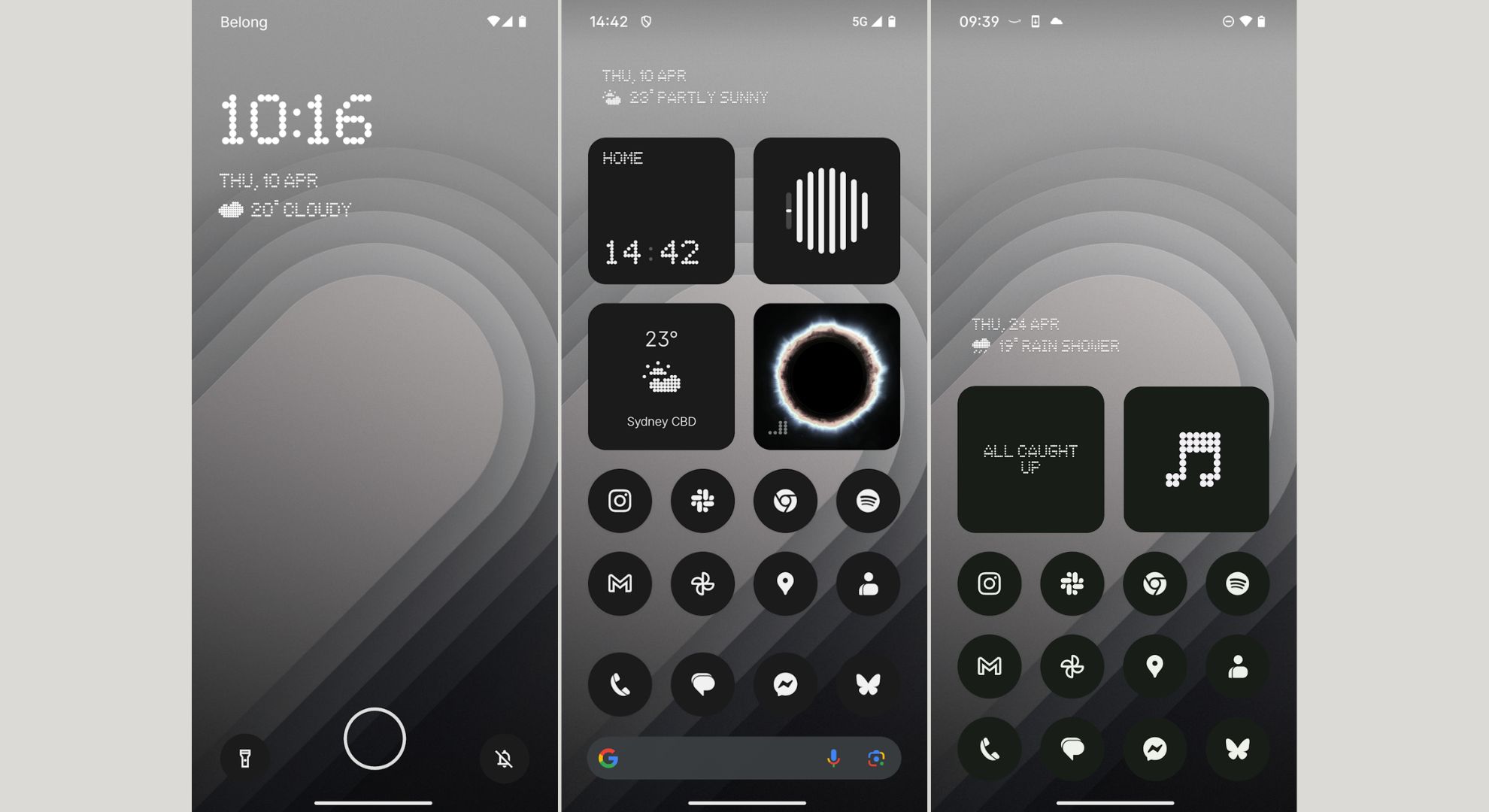
The startup also offers some decent levels of customization that put it well ahead of many contemporaries, including a focus on icon packs (or Material You coloring), lock screen editing (with tons of room for widgets) and even the ability to toggle Google’s search bar on or off.
Nothing’s widgets are the most impressive part of this; they’re broadly interactive and there are many shipped with the base OS, including a compass, a step tracker and a ‘News Reporter’ that uses a choppy, AI-generated voice of Nothing’s CFO Tim Holbrow to read the latest news stories to you. (I personally think this is a crass implementation of AI that degrades the value of narrators and reporters alike, but maybe that’s just me.) My personal favorite is the in-built media player widget, which feels leaps ahead of any similar widget offered on a Samsung or Google device.
Moreover, similar to Google’s own handsets, there’s a pleasant lack of bloatware, with only Google apps and a small slew of Nothing’s own apps preinstalled.
Adding to this, Nothing’s assuming you’ll start to treat your phone a little differently than usual: there’s an extra button on the side of the phone that’s used for taking voice memos.
Hold the button and you’ll start recording – good for putting down reminders on the fly, which you can then access by double pressing the button, which launches the dedicated Essential Space app. To make navigation to your reminder easier, a screenshot is taken at the moment you begin recording, which is then used as the icon for your memo.
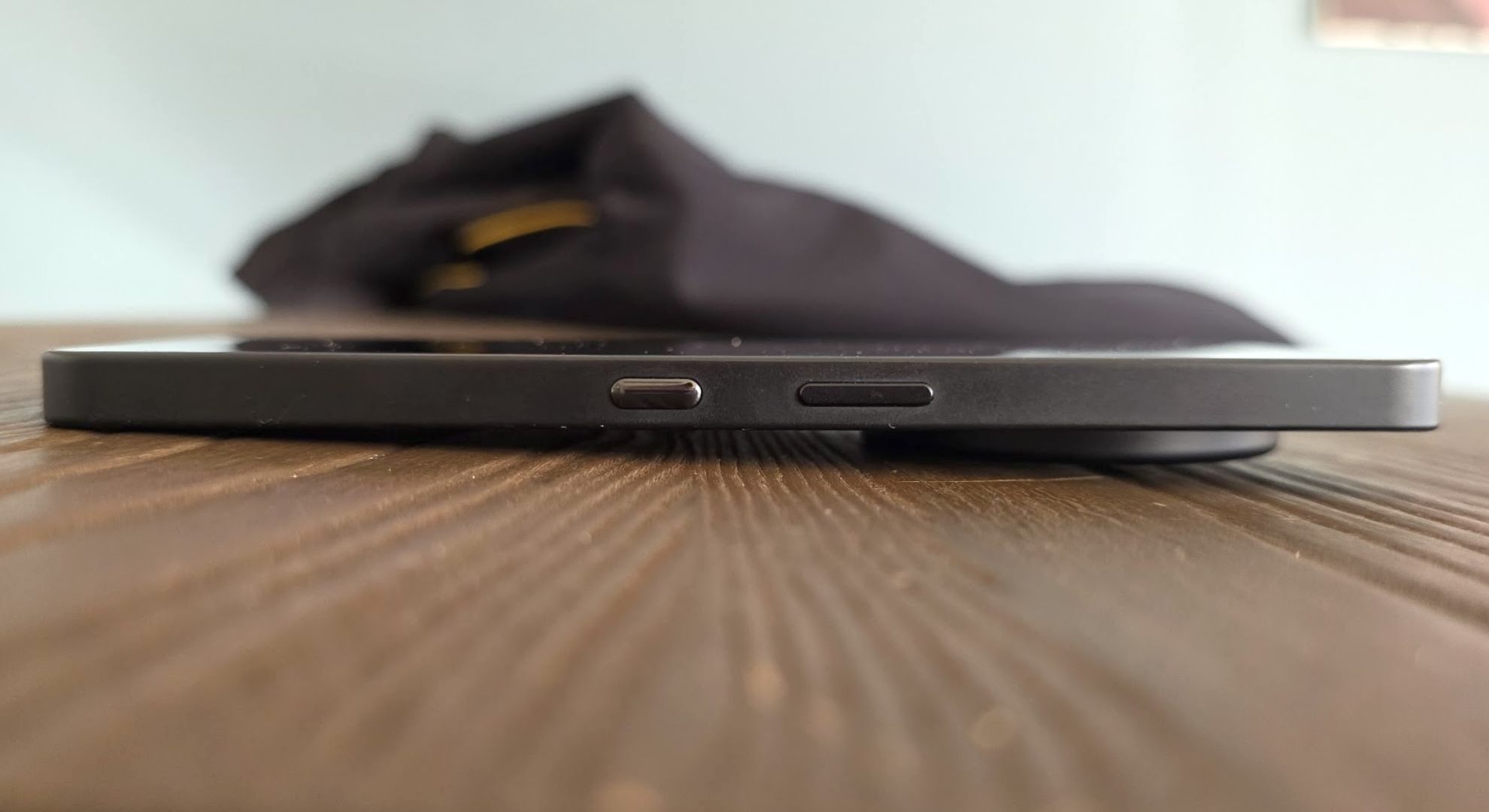
It’s a handy feature that I love the idea of, but I’d honestly prefer the ability to change that button to trigger another app – similar to the Action Button found on newer iPhones. Technically you can do this with a third party app like Key Remapper, but it’s such an obvious feature that it’s perplexing it’s not officially supported.
Nevertheless, it’s here, and whether or not you use it is down to your personal preferences.
Hardware where it matters (and some where it doesn’t)
The Nothing 3a Pro has a great hardware offering that puts it in decent competition with other phones in its segment. Though its screen is lower resolution than many rivals, and it scores lower on benchmark tests, its display is noticeably bigger than most rivals and it has a brilliant camera array that I’ve come to love.
Originally I went into this article expecting the Phone 3a Pro to blow the Pixel 9a out of the water in terms of processing power, but no, the Pixel 9a remains competitively robust at the lower-end of the affordable-premium price range. Google’s been improving its Tensor chip year-on-year, though it’s still a long way before it stands shoulder to shoulder with Samsung and Apple.
The Phone 3a Pro really isn’t a phone for any intensive use – such as gaming, as indicated by the GPU-intensive 3D Mark test results. Despite this, Nothing has made meaningful strides in physical areas. The large screen speaks for itself – I barely notice the resolution difference, but I sure appreciate having more screen space. The UI is, as already discussed, very flexible, and despite lower benchmark scores and less impressive specs, this never translated to hangups in day-to-day use or unimpressive battery life.
I also appreciate the photos the Nothing Phone 3a Pro is able to capture. Close-up shots lack much of the macro detail that Google has gotten extremely good at snapping, but apart from that, these photos look brilliant, though with a bit more color injected into them than with a Pixel phone.



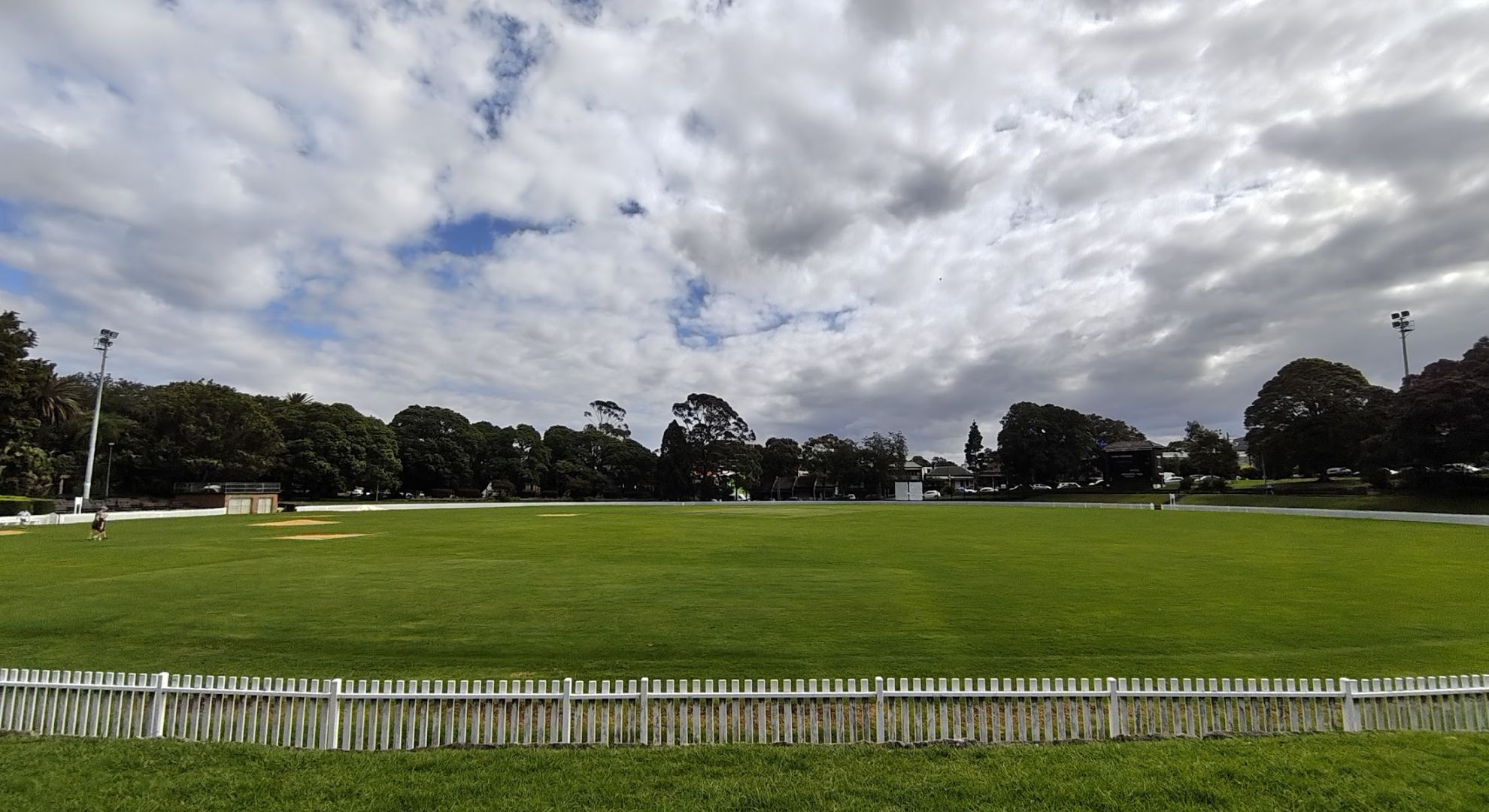
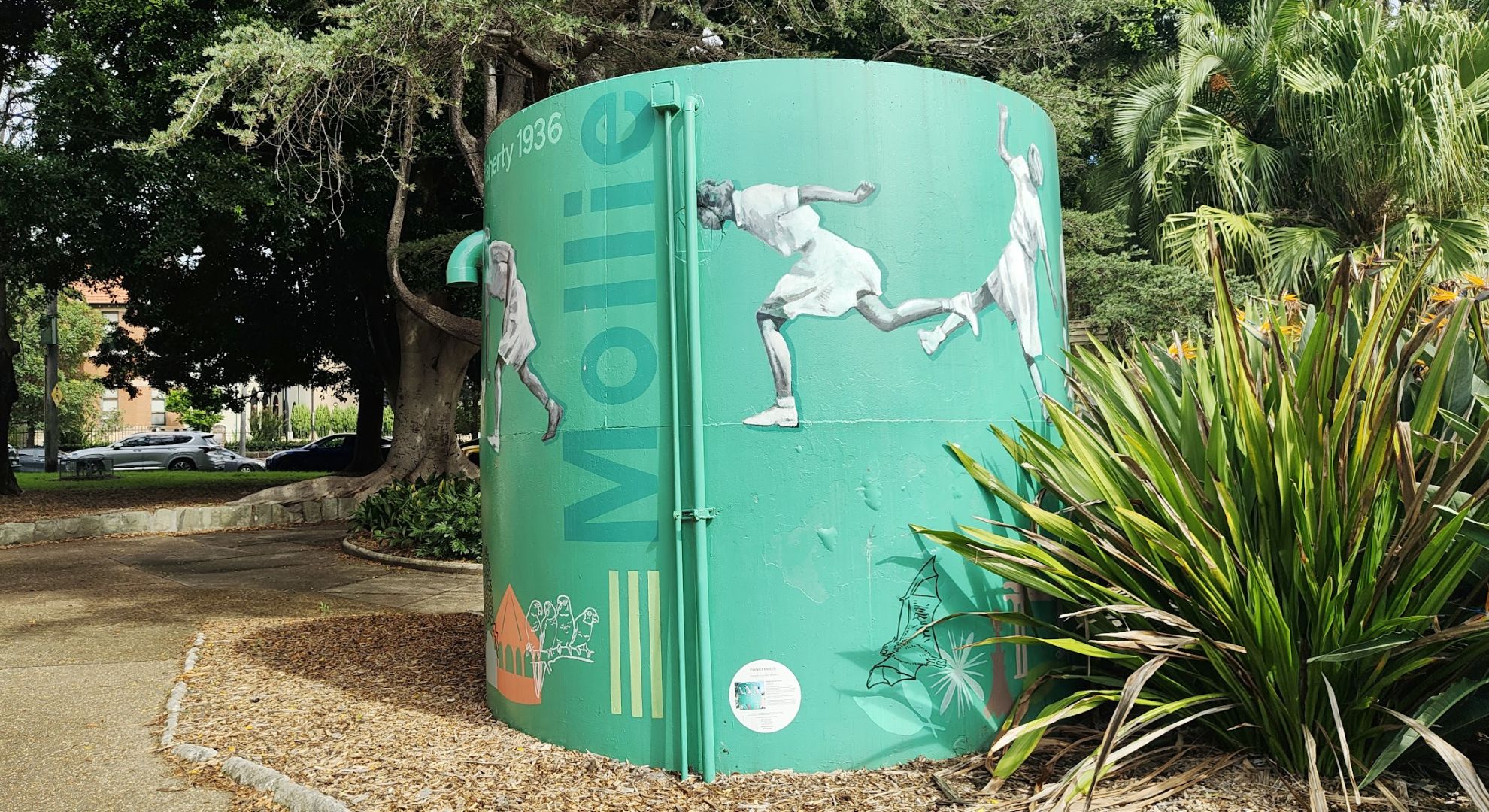

Here are some comparison photos from the Google Pixel 9a:
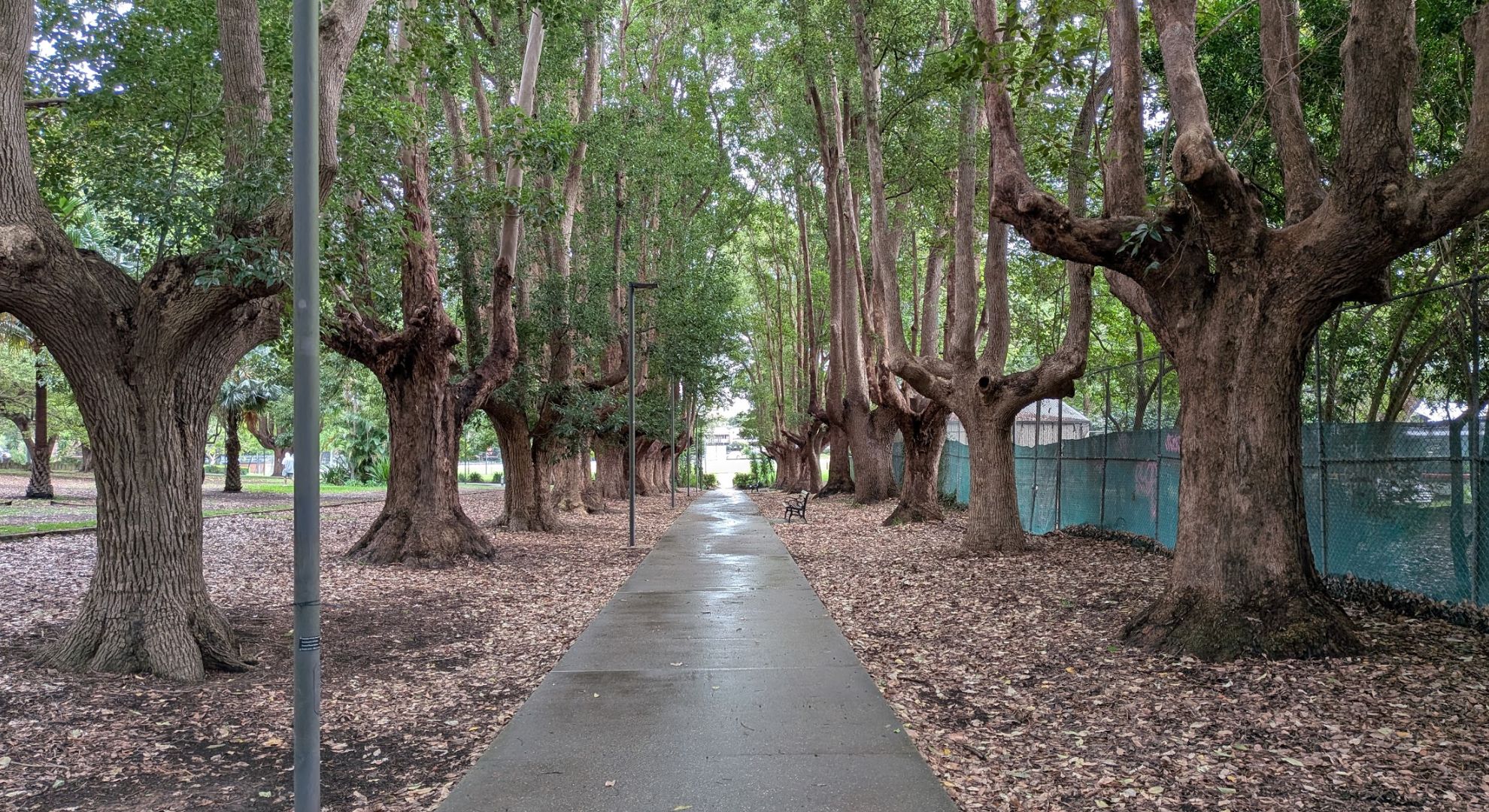

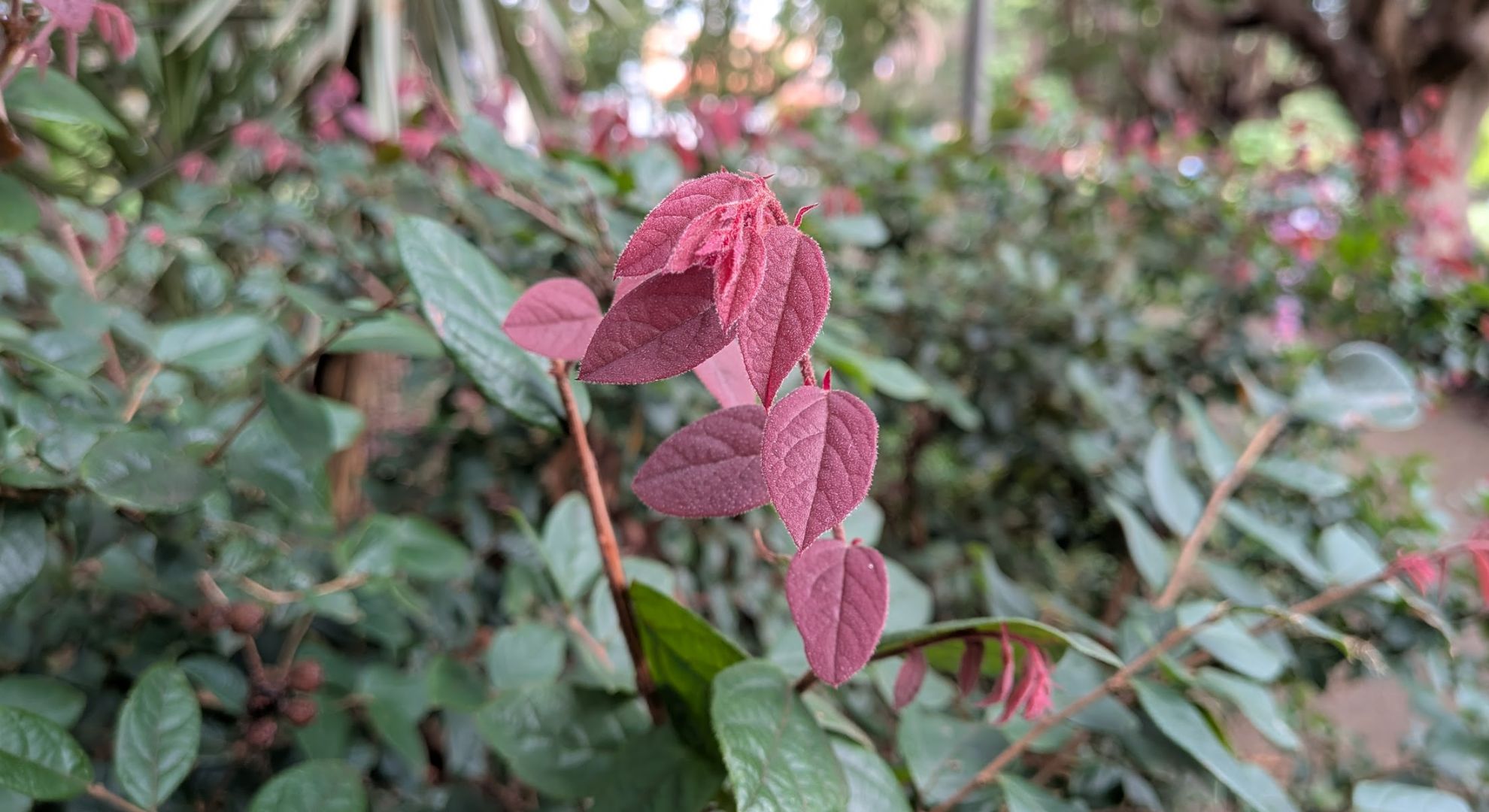

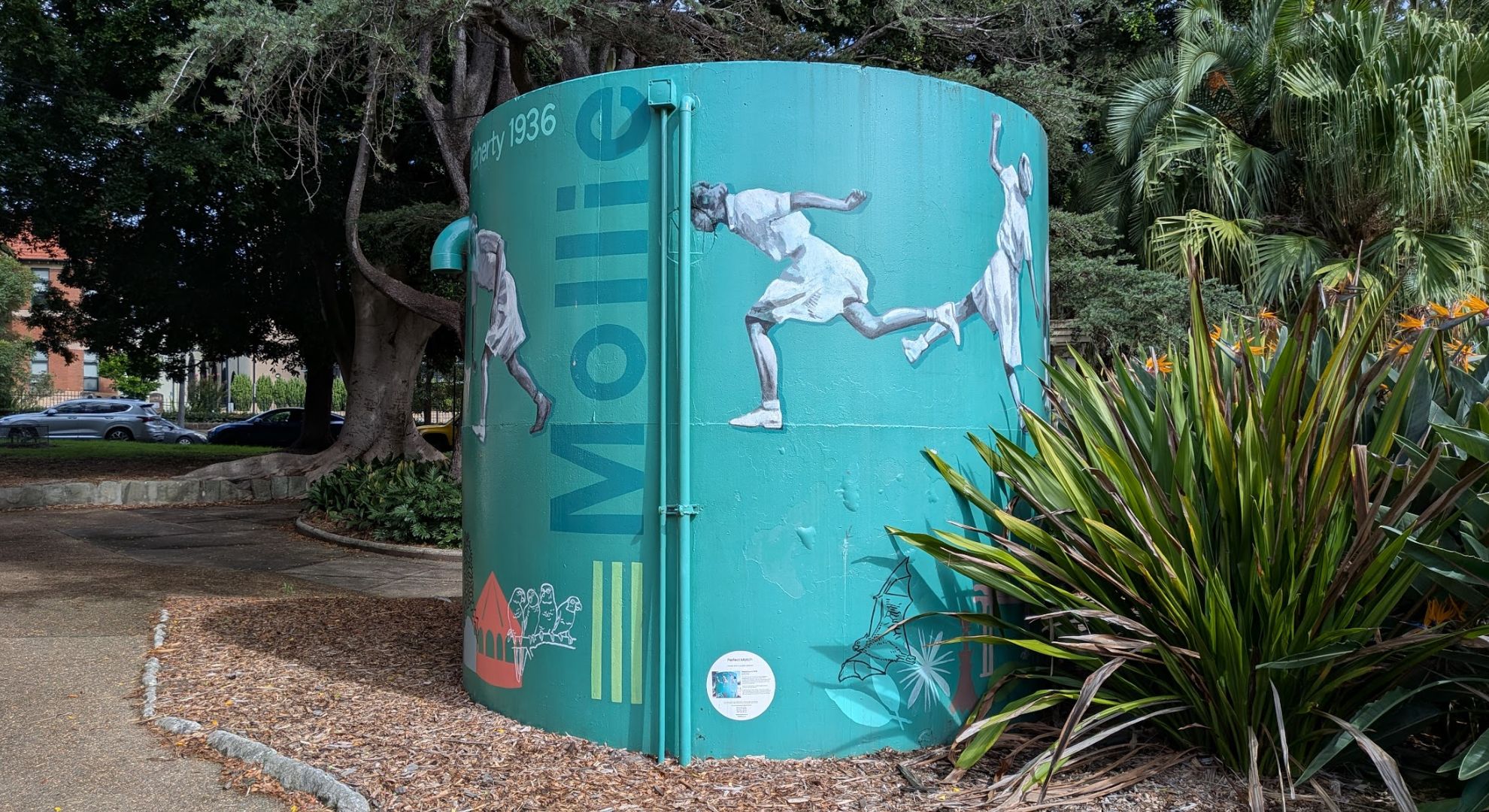
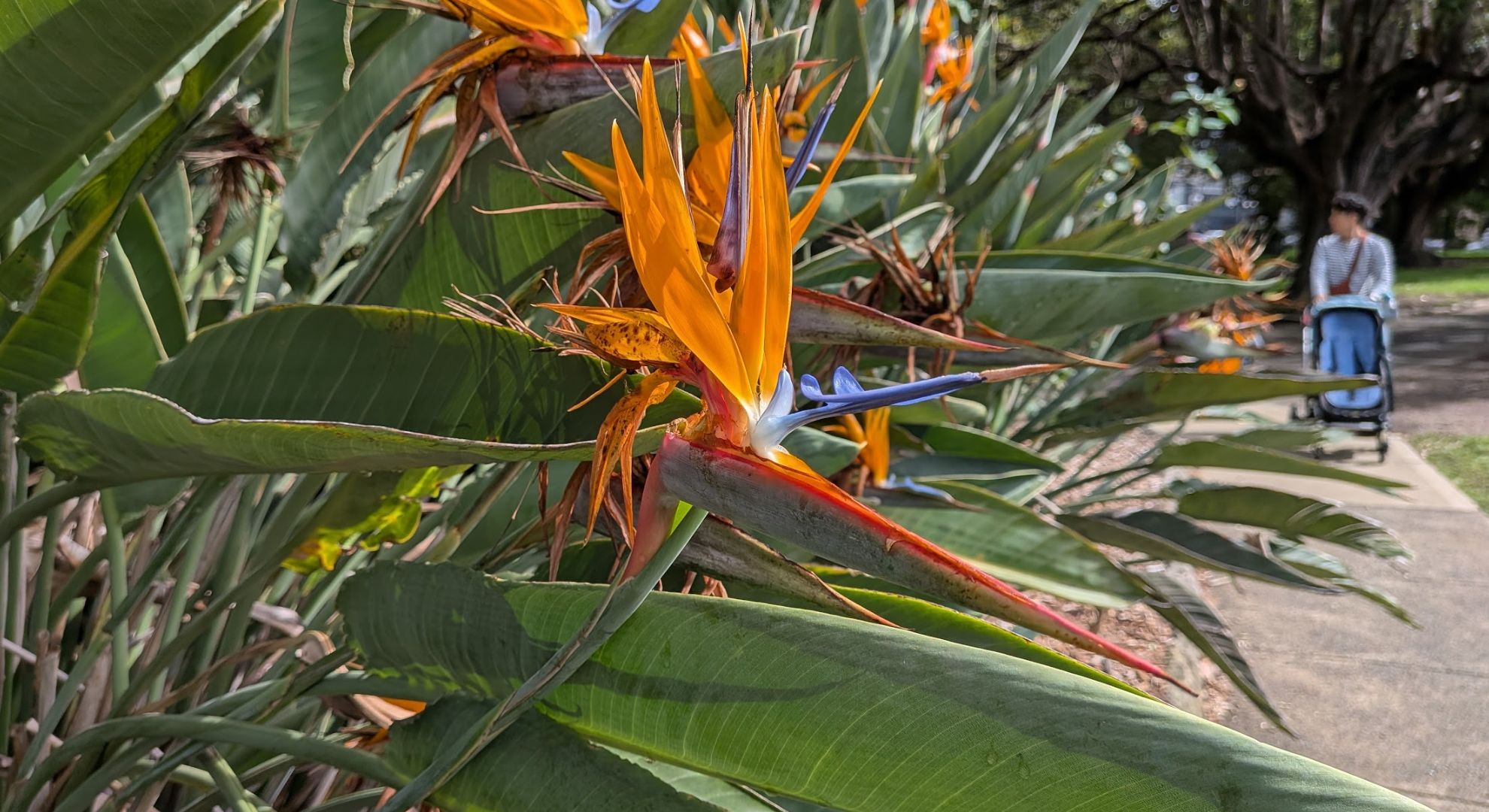
I’m very impressed that Nothing has offered such a powerful array of cameras at this price point. This is normally Google’s bread and butter and while the Pixel range continues to lead on close-up detail, it’s cool to see Nothing pull off some great results.
It’s not all rosey, though. Those impressive cameras are in large part thanks to a gigantic camera housing, which protrudes far and wide out of the back of the phone. I recommend purchasing a case to help minimize the bulge.
Additionally, and how could I forget, the Phone 3a Pro comes with Nothing’s signature Glyph system – a set of lights across the back that flash to note a text coming through, an alarm going off, or flash when music plays. It’s a cool but limited feature, and although it’s one of Nothing’s drawcards (and the lights can be useful when holding the phone up to dimly lit spaces, like when I’m looking at the insides of my computer), I just can’t get too excited about it. I honestly find it a little pointless. Sorry!
So should I buy the Nothing Phone 3a Pro?
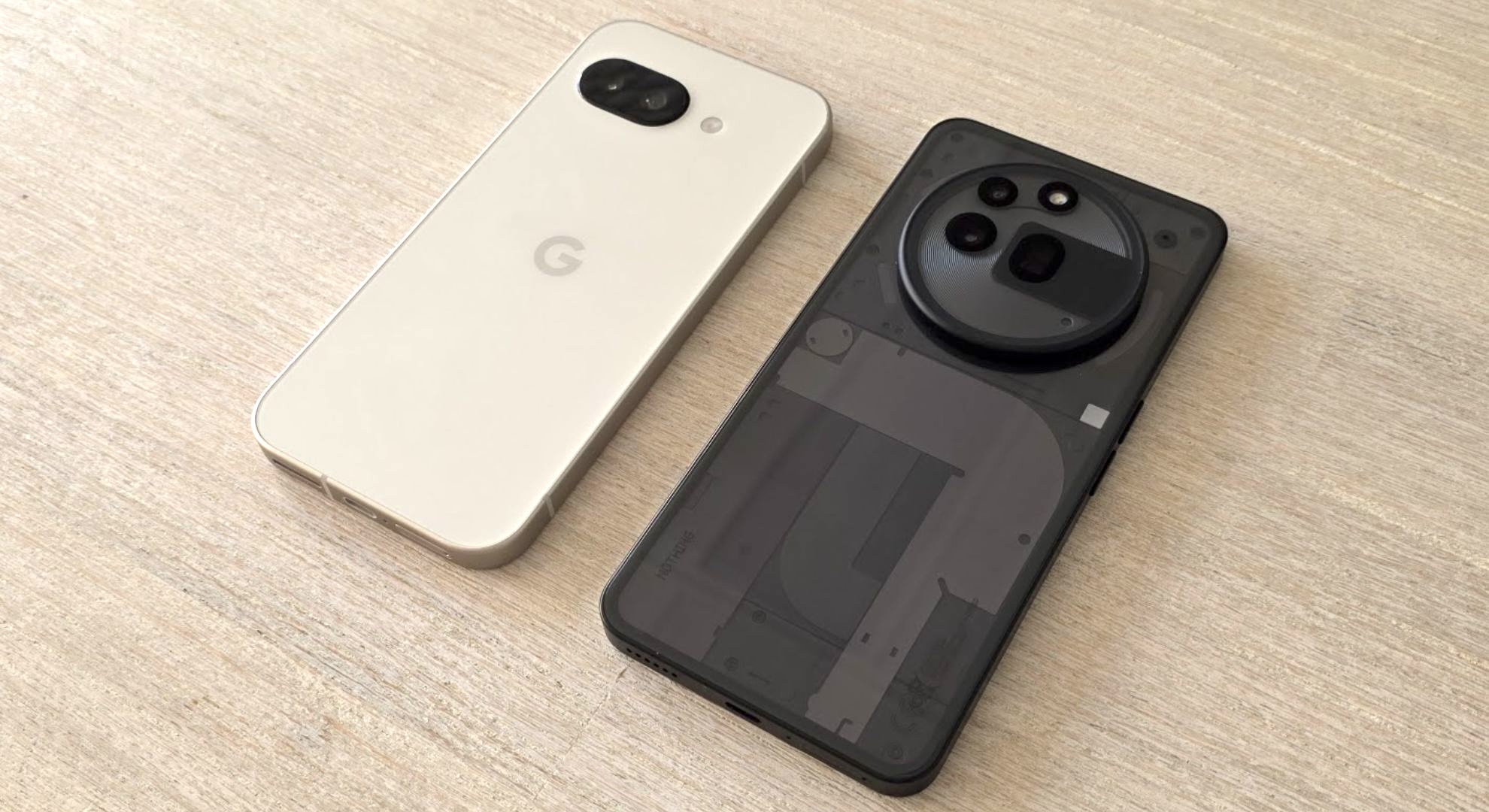
Nothing’s cooking here – the Phone 3a Pro is now my preferred affordable-premium smartphone, a category I denote as a cut below flagship handsets and sporting the same name with an affordability indicator (e, a, FE, etc). I recommend it to anybody considering the Pixel 9a, the iPhone 16e or the Samsung Galaxy S24 FE.
That being said, these are all really good phones and each device has advantages in areas where others are lacking. I personally think that the unique styling of the Nothing 3a Pro should be enough to draw you in, but it lacks the comfortable neutrality of Apple’s iOS or Google’s own version of Android.
It’s certainly worth considering if you want to detox from the big three, and if you can nab it on sale, it’s all the better. (I’ve already spotted it on sale in Australia but I can’t speak for other markets).